Barite is an important barium-containing mineral with a large specific gravity (4.3-4.7), low hardness (3-3.5), stable chemical properties, and insoluble in water and acid. Barite can be used as a white pigment (commonly known as lithopone), and can also be used in chemical, paper, textile filler and other industrial sectors. In glass production, it can act as a flux and increase the brightness of glass, of which 80%-90% is used as a mud weighting agent in oil drilling.
Barite processing and production process
According to the downstream industry demand after barite processing and grinding, 325 mesh and finer ultrafine powder barite has a good market, and the processing technology of this particle size range has also become the mainstream technology of barite processing.
The first stage
The large barite blocks are first crushed by a small jaw crusher or an impact crusher to suit the size of the feed of the mill.
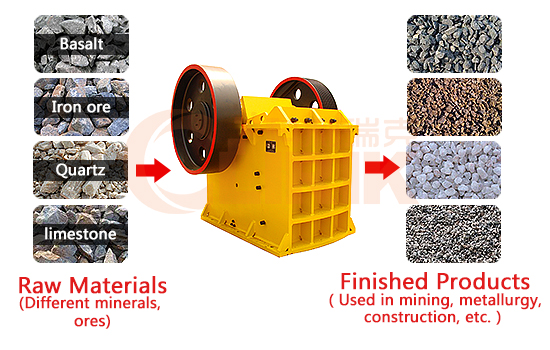
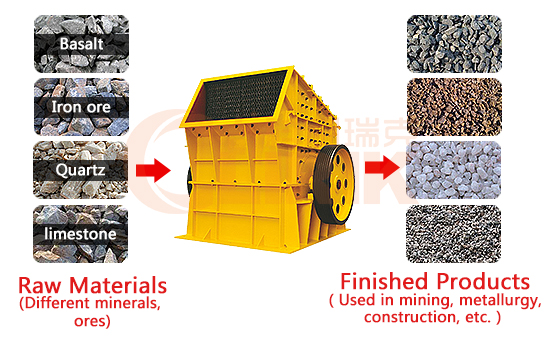
The second stage
After crushing, the materials with suitable particle size are sent to the European version T-shaped mill or medium-speed ring roller mill, YGM Raymond mill and other barite grinding equipment.
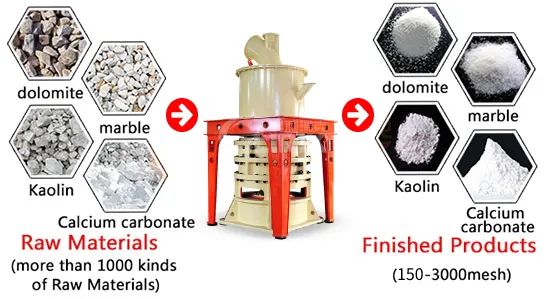
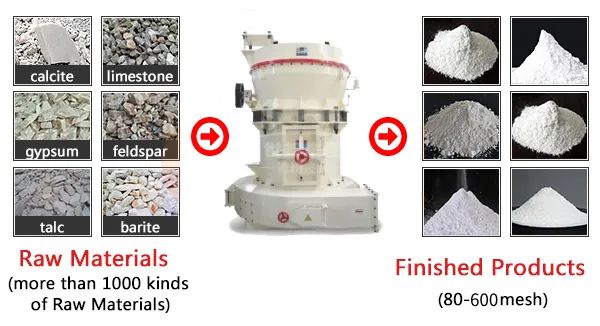
The third phase
The barite block particles are ground in a grinding mill and classified. The qualified powder is collected after passing through the classifier, and the unqualified powder is reground.
The fourth stage
Packaging and storage of finished materials.
Required equipment
For non-ultrafine barite powder, CLIRIK recommends YGM Raymond mill barite mill.
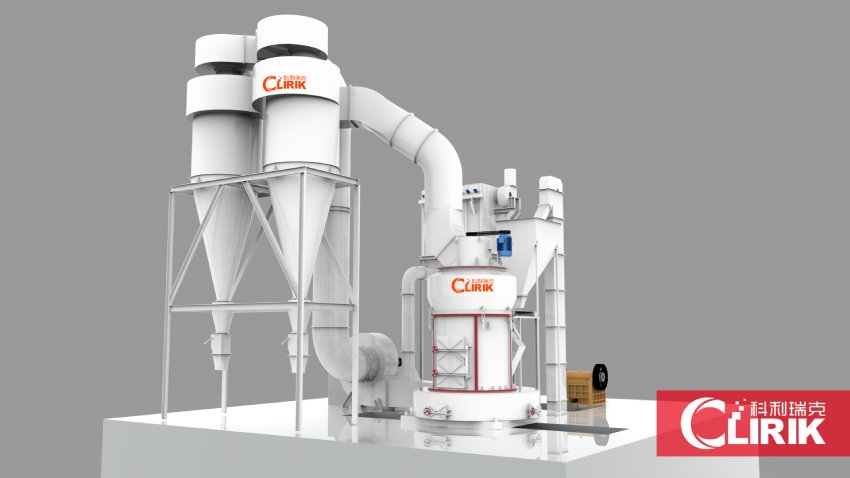
For the ultrafine powder production line, the HGM ultrafine grinding mill independently developed and produced by CLIRIK is an ideal choice.
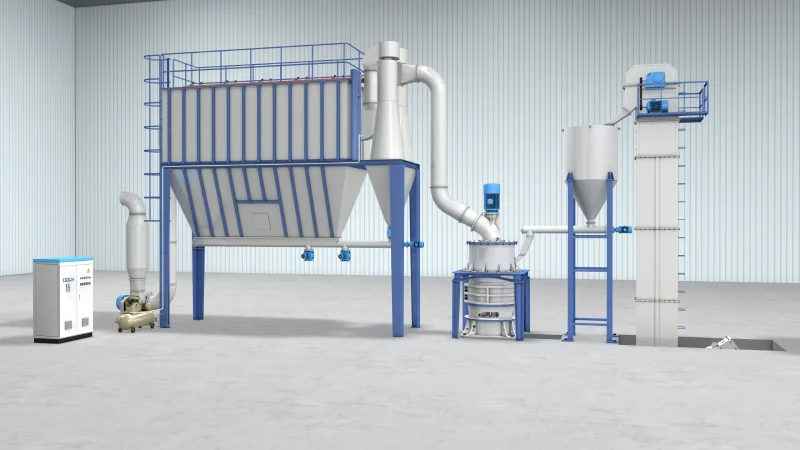
Investment prospects
Due to the special properties and cheap development costs of barite, modern industrial development has put forward higher requirements for barite purity, whiteness and particle size. Therefore, with the continuous development of science and technology and in-depth research, more properties of barite have been revealed. The deep processing of barite, ultra-fine powder, purification, surface modification, etc., broadens the application fields, has better economic benefits, and has a greater demand in domestic and foreign markets.
Application field
The main use of barite
1. Mud weighting agent for drilling: At present, the main use of barite powder is for drilling mud weighting agent. The fineness should generally reach 325 mesh or more, the specific gravity should be greater than 4.2, the BaSO4 content is 90% to 95%, and the soluble salts less than 1%.
2. Zinc barium white pigment: Zinc barium white is a commonly used high-quality white pigment, which can be used as a raw material for paint and painting pigments. The barite used to prepare the zinc-barium white pigment requires a fineness of at least 1250 mesh or more, the BaSO4 content is greater than 95%, and the whiteness is generally required to be more than 90.
3. Barium compound: barite as raw material can be used to manufacture barium oxide, barium carbonate, barium chloride, barium nitrate, precipitated barium sulfate, barium hydroxide and other chemical raw materials. The fineness requirement is generally around 800 mesh.
4. Paint filler: barite powder filler can increase the thickness, strength and durability of the paint film. Zinc barium white pigment is also used to make white paint, which has more advantages than lead white and magnesium white in indoor use. The barite used in the paint industry requires a fineness of more than 2000 mesh and a whiteness of more than 95.
5. Fillers in paper, rubber and plastic industries: This filler can improve the hardness, wear resistance and aging resistance of rubber and plastics. The requirements for fineness are generally between 500 meshes and 1250 meshes.
6. Radiation-proof cement, mortar and concrete, etc.: These uses mostly use the characteristics of large proportion of barite, and have low requirements on the content of impurities, basically no requirements on whiteness, and require a specific gravity of 4.2 or more, and the fineness is generally 325 mesh.
